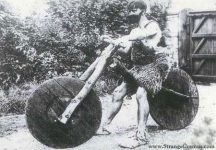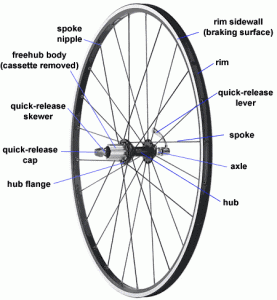Bike wheels
wheels Fixes, Reviews & Guides

A Realistic Electric Bike, the FlyKly
Electric bikes are something that really need to catch on. They're an incredibly efficient way to get around. Unfortunately most versions released in recent years aren't that great....
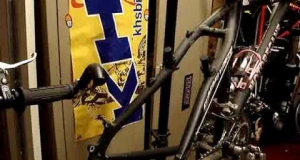
How to Install Hydraulic Disc Brakes
Installing disc brakes is more often than not, a considerable upgrade for anyone who is serious about their mountain biking. You won’t have to worry about wearing down your rims and about trying...
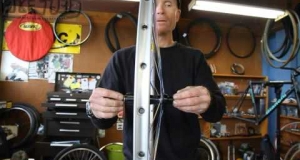
How to Dish a Bike Wheel
In this vid Mike shows how to use a dishing wheel to make sure your bicycle wheel is properly dished.
A typical dishing tool is simply a gauge that allows you to set the distance from the...

Lacing a Rear 32 Spoke Wheel | How to Build a Bicycle Wheel
In this tutorial we show you how to lace the drive side spokes of a rear bicycle wheel. It's important to remember that on the rear wheel the drive side spokes are slightly shorter than the non-...
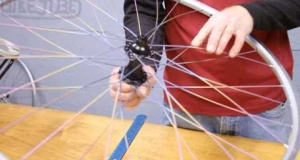
Lacing Non-Drive Side 32 Spoke Rear Wheel | How to Build a Bicycle Wheel
Mike finishes up lacing the 32 spoke rear wheel by lacing the non-drive side spokes. Note the parallel spokes that connect on each side of the valve hole. By now you might need to use a spoke...

Build a Bicycle Wheel: How to Spoke Prep
A vital step in bicycle wheel building is prepping the spokes with some kind of spoke prep.
There are two reasons to prep spokes:

How to Build a Rear bicycle wheel (700c, 32 spoke), Calculating Spoke Length
In this wheel building tutorial we build a 32 spoke rear 700C rear road wheel.
In this first video we will determine the spokes length we need to build the wheel. First select your hub and...

Build a Bicycle Wheel: Spoke Cutting with Hozan Spoke Threader
For the 32 hole rear wheel you will need 18 spokes of a certain size for the drive side and 18 spokes of a certain size for the non-drive side. To get these spokes you can either...
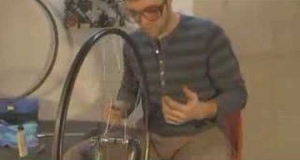
Part 3.1 | Truing the 36 Spoke Bicycle Wheel
Putting the finishing touches on the wheel.
First:Now the spokes are beginning to tighten up nicely and the kinks in the wheel are becoming gradually smaller. Continue to...
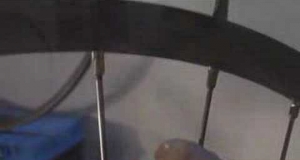
Part 3 | Wheel Build 36 Spoke Truing a Wheel
....without a truing stand.
We wanted everybody to be able to build a wheel without buying an expensive truing stand, so just use the front fork. This video shows the process of truing....
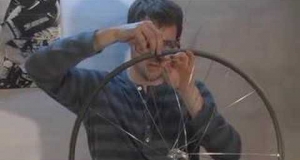
Part 2.1: 36 Spoke Bicycle Wheel Build, Lacing the Spokes
Lacing the last 18 spokes to complete the lacing of this 36 spoke wheel!
First:Take the next set of spokes and drop them through the remaining holes from the outside of the...
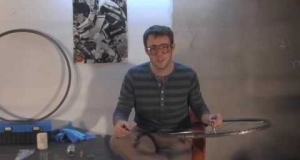
Part 2: Bicycle Wheel Build 36 Spoke
1. Find the extra hole for the valve stem. This will act as a guide and help you keep track of where you are along the rim. It is also important to look through the holes on the...
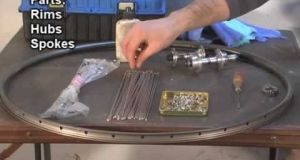
Part 1: How to Build a Wheel, Basics of Wheelbuilding (36 Spoke Wheel)
In this series we give you the basics of building a 36 spoke wheel. We begin with lacing the wheel, then show you the process of truing the wheel. So get everything together and make some time...
- « first
- ‹ previous
- 1
- 2
- 3

